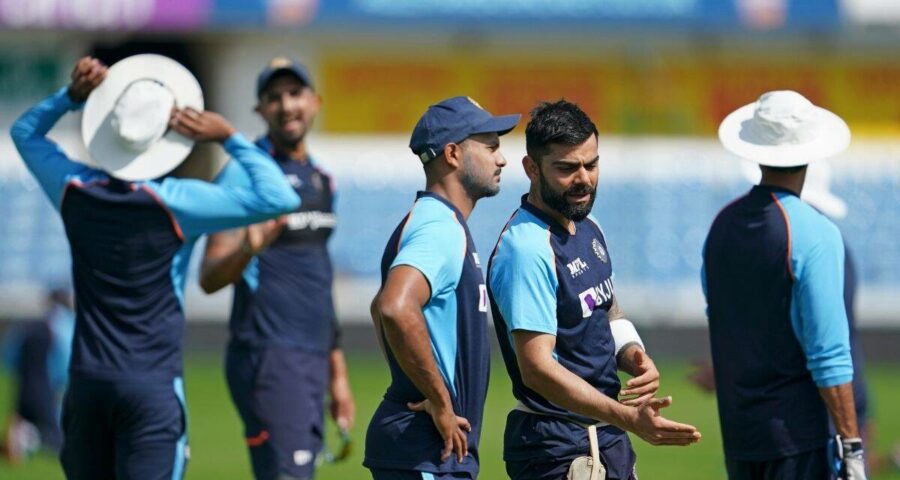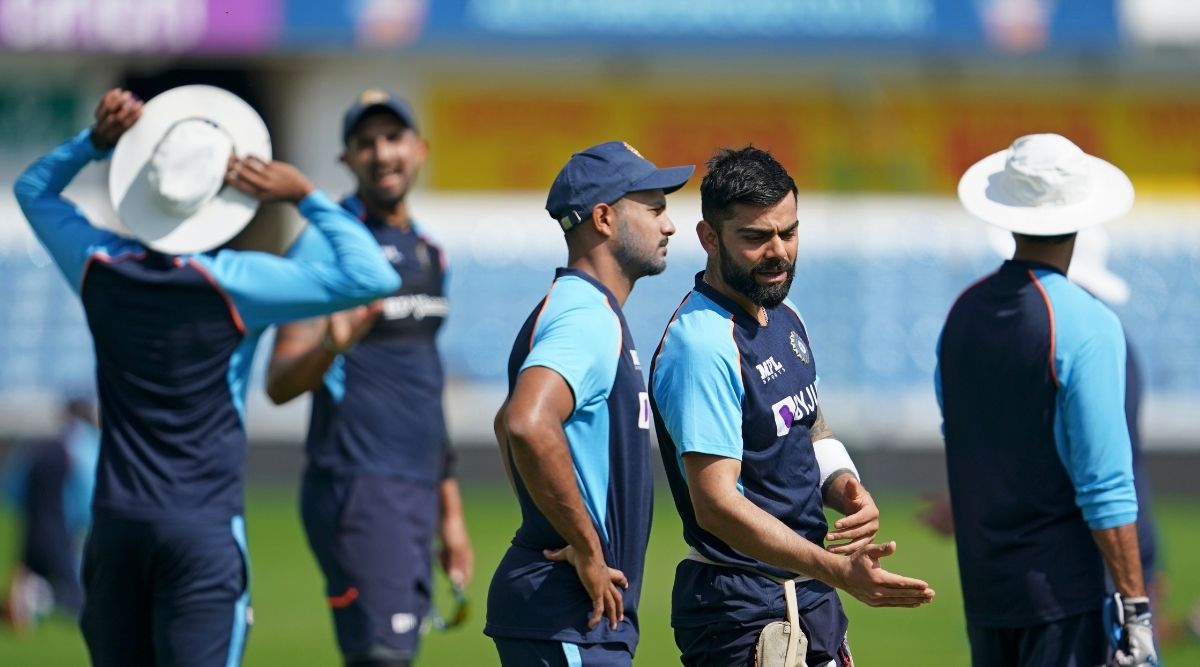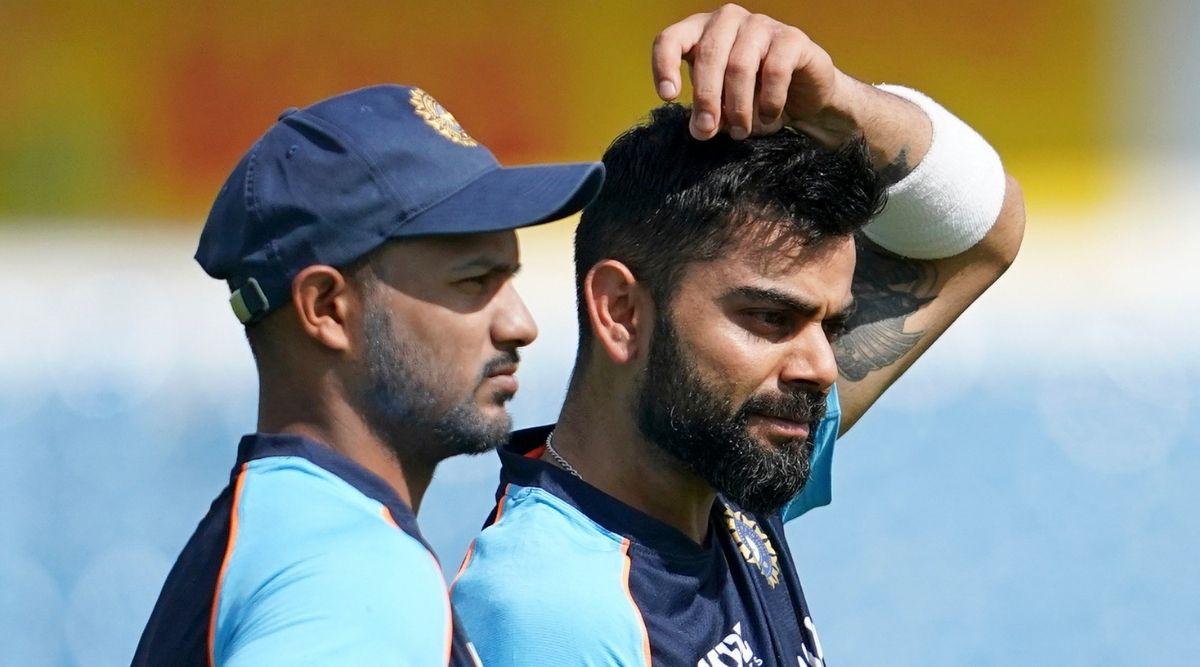The effectiveness of a four-pronged pace attack means India are no longer dependent on spin
“We have no reason to change anything unless people have niggles, which we haven’t encountered since we finished the last Test.”
Virat Kohli was prompt in his pre-match press conference. A four-pronged pace attack has weighed heavily on England batting, giving India a psychological upper hand. The India captain doesn’t look to be in the mood to change the template for the third Test at Headingley, starting on Wednesday.
These are the hard numbers: In the first two Tests, five Indian fast bowlers have accounted for 39 English wickets.
The other one was a run-out. Individually, Jasprit Bumrah has 12, Mohammed Siraj 11, Mohammed Shami 7, Ishant Sharma 5 and Shardul Thakur 4. The latter has now recovered from a hamstring niggle that ruled him out of the second Test.
But Ishant seems to have done enough at Lord’s to retain his place. The combined skill of the Indian pace attack has made England, Joe Root excluded, jittery. Rewind to Rory Burns’ dismissal in the second innings at Lord’s. It was a loosener from Bumrah down the leg side. But Burns, completely squared up in his attempt to turn it to leg, offered a catch to Siraj at short mid-off.
Jonny Bairstow was trapped leg-before to an Ishant in-ducker, the ball hitting him on the back leg, because he wasn’t quite sideways-on to play the delivery. Too many England batsmen have been exposing their back shoulders while playing forward defence.
Also, India’s pace has pinned them down to the crease. Batsmen agree that when the mind is not sure, footwork becomes iffy. This is what relentless pace aggression has done to the hosts. Over the last three years, the Indian pace attack has evolved brilliantly. Back in 2018, during India’s previous tour of England, Bumrah and company were a work in progress. They are the finished article now, oozing speed, precision and most importantly, variety.
Siraj’s arrival has made the pace unit complete. Now there’s barely any respite for the opposition batsmen. Siraj’s emergence has not only presented India with a real wicket-taking option, but his ability to bowl long spells and keep things relatively tight – his series economy rate so far is 3.32 and strike-rate 42.4 – has augured wonderfully well for the team.
Little wonder then that Kohli was effusive in his praise for the youngster. “Now he is walking around knowing that he can get anyone out at any stage. That belief in his game has been elevated to the next level. Hence you see the results of what he is doing. He is aggressive, in your face and he is not going to take a backward step.”
Top Sports News Now
Click here for more
The Indian pace quartet has also seemingly forced the Headingley curator to prepare a pitch with a different look. “We could see a lot of the surface, which honestly I didn’t expect would be the case. I thought there would be more grass on the pitch…” Kohli said.
Root’s England have been facing a fast bowling crisis. In absence of Jofra Archer, Ben Stokes and now Mark Wood, their response is restricted to James Anderson’s swing mastery. The great seamer hasn’t yet been backed by enough runs to bowl with.
During a conversation with this paper last week, former India captain Dilip Vengsarkar spoke about how Headingley, with its north-south slope could be tricky for the players, especially bowlers, in terms of hitting the right line and length. Nobody in the current Indian squad has played a Test at this venue. Kohli brushed aside the novelty factor.
Usually, the Headingley pitch eases out after the first couple of sessions. In 2002, when India last played a Test here, Anil Kumble and Harbhajan Singh spun a web around England batsmen on the heels of a Rahul Dravid epic. Does this brighten Ravichandran Ashwin’s chances of playing the third Test? Save a dry pitch and/or an eleventh-hour change in the thought process, it looks unlikely.
Source: Read Full Article



